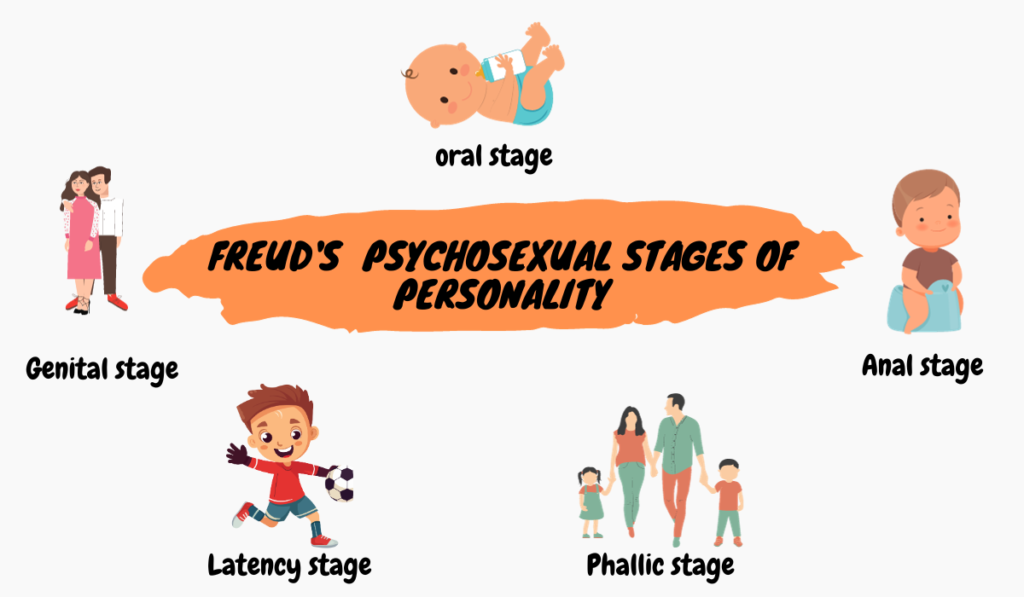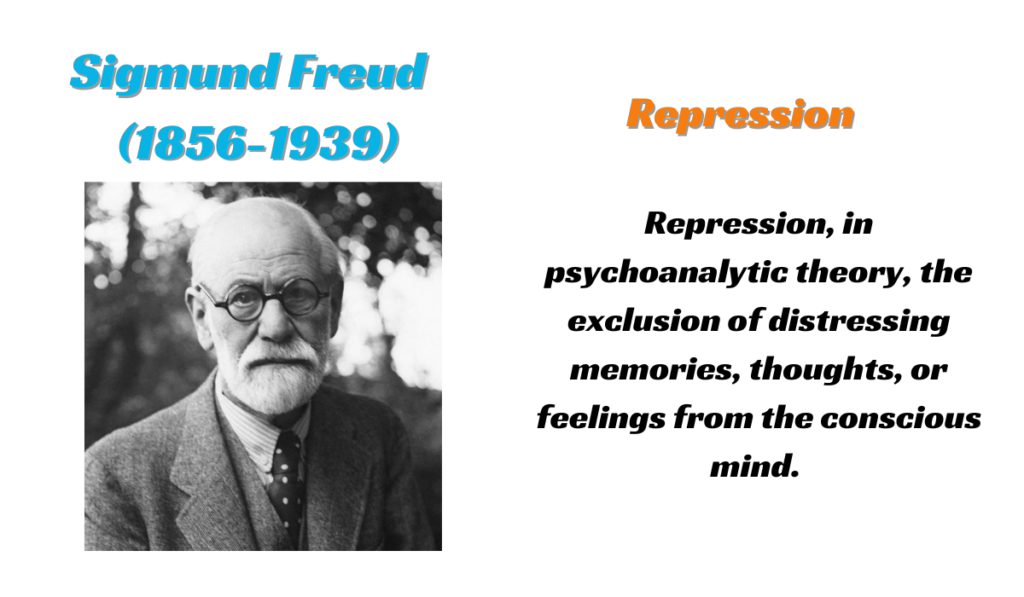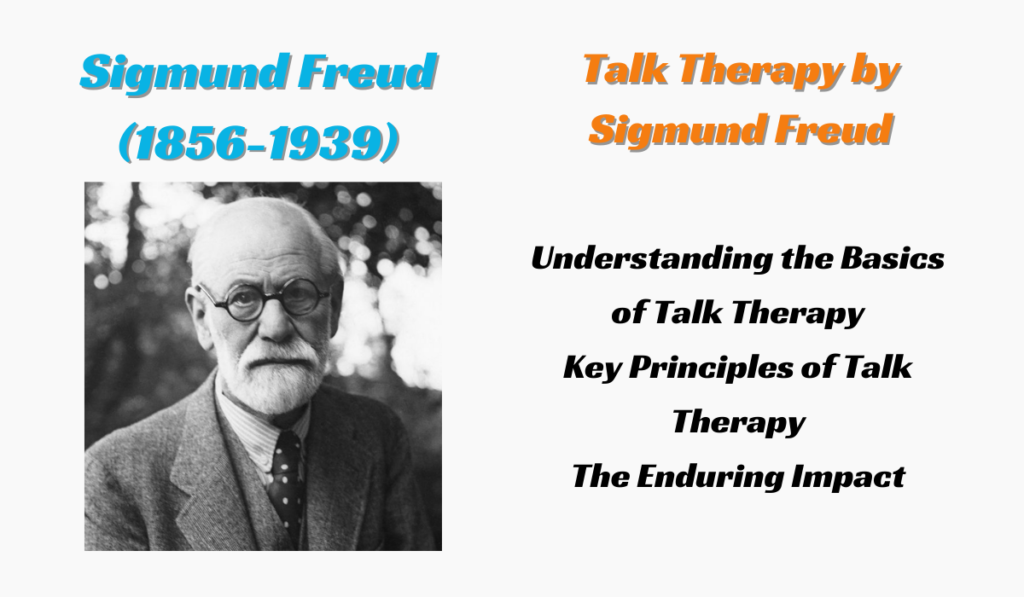Sigmund Freud, the renowned Austrian neurologist and father of psychoanalysis, introduced the concept of Psychosexual Stages of Development. These stages outline the progression of a person’s sexual and psychological development from infancy to adulthood. In this blog, we will explore these five stages in detail, using real-life examples.
5 Psychosexual Stages of Development

Stage 1: Oral Stage (0-1 year)
The Oral Stage is the initial phase in Freud’s Psychosexual Stages of Development, where the primary focus is on the mouth as the center of pleasure and exploration. During this stage, infants derive pleasure from oral activities such as sucking, biting, and exploring objects with their mouths.
Stages
This stage has two stages: oral receptive and oral aggressive.
- The Oral Receptive Stage:
- Infants find pleasure in sucking on their mother’s breast or a bottle, providing nourishment and comfort.
- It establishes the foundation for trust and attachment between the infant and the caregiver.
- The Oral Aggressive Stage:
- As infants grow, they begin to explore the world by biting and chewing on various objects.
- This phase helps them develop a sense of control over their environment.
Consequences of Fixation:
- Oral Fixation:
- Overindulgence during the oral receptive stage may lead to oral fixation in later life, manifesting as oral-dependent behaviors like smoking or overeating.
- Oral Aggression:
- An excessive focus on oral aggression can result in oral-sadistic tendencies, characterized by aggressive or critical communication.
Example:
- Thumb-sucking:
- A common example of oral pleasure-seeking behavior during the oral receptive stage.
- Teething:
- Babies explore the world by chewing on teething toys, marking their transition to the oral aggressive stage.
Stage 2: Anal Stage (1-3 years)
The Anal stage is the second stage of Freud’s Psychosexual Stages of Development, occurs during the ages of 1 to 3 years, where the focus of pleasure shifts to the anal region.
Key Features of the Anal Stage:
- Pleasure from Control: Children derive pleasure from controlling their bodily functions, specifically, bowel movements.
- Toilet Training: This stage coincides with toilet training, a pivotal aspect of early childhood.
Conflicts and Outcomes:
- Anal Retentive Personality: Overly strict toilet training can lead to an anal retentive personality, characterized by perfectionism and orderliness.
- Example: A child scolded for a messy room may develop compulsive cleaning habits later in life.
- Anal Expulsive Personality: Conversely, overly lenient toilet training may result in an anal expulsive personality, marked by recklessness and messiness.
- Example: A child never taught to tidy up may grow into an adult with a cluttered living space.
Balancing Act:
- Successful Resolution: Achieving a balance between too strict and too lenient toilet training is vital for a healthy personality.
- Autonomy vs. Shame and Doubt: Erik Erikson’s theory connects this stage with the development of autonomy and the avoidance of shame and doubt.
- Example: A toddler who successfully learns to control their bowels gains confidence in their abilities.
Importance of Parenting:
- Parental Role: Parents play a crucial role in guiding their children through this stage with patience and understanding.
- Communication: Open communication and positive reinforcement can help children develop a healthy sense of control.
- Example: Encouraging a child to express their needs during toilet training fosters a sense of mastery.
Stage 3: Phallic Stage (3-6 years)
The Phallic stage typically occurs between ages 3 and 6. The Phallic is a significant milestone in Psychosexual Stages of Development, shaping how individuals perceive themselves and their gender roles. Understanding this stage helps us comprehend human behavior and its complexities.
This stage is also called as Erogenous Zone, because It centers on the genital area as the primary source of pleasure. During this stage, children become curious about their genitals, leading to increased genital pleasure and awareness.
Precieved Complexes:
- Oedipus Complex: The Oedipus complex emerges in boys during the Phallic stage. Boys develop attraction to their mothers and perceive their fathers as rivals.
- Electra Complex: For girls, the equivalent to the Oedipus complex is the Electra complex. Girls experience attraction to their fathers and rivalry with their mothers.
- Resolution of Complexes: Resolution occurs as children identify with the same-sex parent, adopting their values and behaviors, which form the basis for their gender roles.
Implications and Examples:
- Gender Identity: The Phallic stage plays a crucial role in the development of gender identity, as children identify with their same-sex parent.
- Freud’s Case Study – Little Hans: Freud’s famous case study on Little Hans illustrates the Phallic stage. Hans developed a fear of horses, symbolizing his fear of his father.
- Impact on Adult Personality: Unresolved conflicts from this stage can lead to personality issues and psychosexual disturbances in adulthood.
Stage 4: Latency Stage (6-12 years)
The latency stage is the fourth of Freud’s Psychosexual Stages of Development, occurring during middle childhood. During this period, sexual impulses become dormant, and the focus shifts away from individual sexual development.
Characteristics of the Latency Stage:
- Suppression of Sexual Desires:
- Children repress their sexual urges and desires.
- Energy is redirected towards developing social and intellectual skills.
- Formation of Same-Sex Friendships:
- Children tend to form strong bonds with peers of the same gender.
- This helps in learning gender roles and values from role models.
- Academic and Social Growth:
- Concentration on education and social skills development.
- Building self-esteem and self-confidence in various areas.
Significance of the Latency Stage:
- Psychological Development:
- The latency stage promotes cognitive development, allowing children to focus on learning and problem-solving.
- Emotional growth occurs as children interact with peers and authority figures.
- Establishing Gender Identity:
- Developing a sense of belonging to a particular gender group.
- Understanding societal norms and values related to gender roles.
- Preparation for Adolescence:
- Building skills that will be essential in future stages, like the genital stage.
- Preparing to navigate the complexities of sexual relationships.
Examples of the Latency Stage’s Impact:
- Academic Success:
- A child excels in school, channeling their energy into learning and achieving academic goals.
- Formation of Strong Friendships:
- Developing lifelong friendships that provide emotional support and companionship.
- Cultural and Social Values:
- Embracing cultural norms and values regarding gender roles and relationships.
Stage 5: Genital Stage (12 years onwards)
The genital stage typically occurs during adolescence and extends into adulthood. It follows the latency stage and marks the culmination of Freud’s psychosexual stages of development.
During this stage, individuals experience a renewed focus on their sexual desires and mature relationships. Some key characteristics include:
- Sexual Interests Dominance
- Sexual desires become more pronounced and directed towards others.
- Adolescents explore their sexual identities and orientation.
- Healthy Relationships
- Developing intimate relationships with peers.
- Understanding and respecting boundaries in relationships.
- Resolution of Earlier Conflicts
- Resolving unresolved conflicts from earlier stages, such as the Oedipus or Electra complex.
- Achieving a balanced sense of identity and self-esteem.
Transitioning from the Latency Stage
The genital stage emerges as a transition from the latency stage, where sexual impulses are dormant. This shift can be gradual or sudden, depending on individual experiences.
The Role of Puberty
Puberty plays a crucial role in the genital stage. Hormonal changes trigger physical and emotional transformations, leading to heightened sexual awareness.
Example: Sarah experienced puberty, leading to physical changes and increased sexual awareness.
Challenges and Conflicts
The genital stage may bring about certain challenges and conflicts, such as:
- Peer Pressure
- Succumbing to peer pressure can lead to risky sexual behaviors.
- It’s essential to navigate peer influence while making responsible choices.
- Sexual Identity Exploration
- Some individuals may struggle with their sexual identity.
- Seeking support and understanding is crucial during this period.
Achieving Healthy Adult Relationships
Developing mature, healthy relationships is a primary goal of the genital stage. It involves:
- Mutual Respect
- Treating partners with respect and empathy.
- Understanding and acknowledging each other’s needs and desires.
- Emotional Intimacy
- Building emotional intimacy alongside physical intimacy.
- Open and honest communication is key.
Example: Mark and Lisa built a strong emotional connection alongside their physical attraction, fostering a healthy relationship.
Criticism
Critics of Sigmund Freud’s psychoanalytic approach raise valid concerns. They argue that Freud’s methods lacked scientific rigor, primarily because he heavily relied on subjective interpretations while psychoanalyzing his patients, and even himself.
John Bowlby, while acknowledging Freud’s emphasis on parent-child attachment, believed that attachment theory, which can also be observed in animals, offers a clearer understanding of development than the Oedipus Complex. Bowlby’s view highlights the potential for children to suffer lasting psychological effects due to maternal deprivation.
Jeffrey Masson stirred controversy by claiming, based on Freud’s records, that Freud’s patients had experienced child sexual abuse. According to Masson, Freud replaced these accounts with the less shocking Oedipus Complex theory. If Masson’s assertion holds true, it would significantly undermine Freud’s credibility.
Freud’s work gave little attention to fetal development, but his follower Otto Rank (1924) proposed the concept of “birth trauma” profoundly shaping a person’s lifelong personality. However, modern studies, such as DiPietro et al. (1996), challenge this idea by demonstrating similar alertness, sensory capacities, and learning abilities in fetuses and newborns.
In assessing Freud’s contributions to psychology, it is crucial to consider these criticisms and alternative viewpoints. These perspectives shed light on the complexities of psychoanalysis and its ongoing evolution.
Bibliography:
De Sousa, Avinash. “Freudian Theory and Consciousness: A Conceptual Analysis.” Mens Sana Monographs, vol. 9, no. 1, 2011, p. 210, www.ncbi.nlm.nih.gov/pmc/articles/PMC3115290/, https://doi.org/10.4103/0973-1229.77437.
Friedman, R. C., and J. I. Downey. “Biology and the Oedipus Complex.” The Psychoanalytic Quarterly, vol. 64, no. 2, 1 Apr. 1995, pp. 234–264, pubmed.ncbi.nlm.nih.gov/7652101/.
Kupfersmid, Joel. “Freud’s Clinical Theories Then and Now.” Psychodynamic Psychiatry, vol. 47, no. 1, Mar. 2019, pp. 81–97, https://doi.org/10.1521/pdps.2019.47.1.81.
Lantz, Sarah E., and Sagarika Ray. “Freud Developmental Theory.” PubMed, StatPearls Publishing, 2023, www.ncbi.nlm.nih.gov/books/NBK557526/#article-20413.r3. Accessed 11 Dec. 2023.
Mcleod, Saul. “Freud’s Psychosexual Theory and 5 Stages of Human Development.” Simplypsychology.org, Simply Psychology, 25 July 2023, www.simplypsychology.org/psychosexual.html.
Stengel, E. “Freud’s Impact on Psychiatry.” BMJ, vol. 1, no. 4974, 5 May 1956, pp. 1000–1003, https://doi.org/10.1136/bmj.1.4974.1000.
Żechowski, Cezary. “Theory of Drives and Emotions – from Sigmund Freud to Jaak Panksepp.” Psychiatria Polska, vol. 51, no. 6, 30 Dec. 2017, pp. 1181–1189, https://doi.org/10.12740/pp/61781.
Mariam holds an MS in Sociology with a specialization in Medical Sociology and Social Psychology. With a strong academic background and extensive research work in both fields, she brings depth and clarity to complex topics. Her writing explores the intersection of society, health, and the human mind, making academic ideas easy to grasp and relevant to everyday life.



Pingback: Developmental Psychology: Definition, Theories & the different Phases of Life
Pingback: Let’s find out some Famous Psychologists and their Theories - KnownPsychology
Pingback: Sigmund Freud: A Biography of the Father of Psychoanalysis
Pingback: Freud’s Penis Envy _ Insider on the Criticism of Theory - KnownPsychology
Pingback: Explain the Freud’s perspective on Women & Penis Envy
Pingback: Oedipus Complex - Freud Theory of Psychological Development
Pingback: Freud's concept of Cathexis and Anticathexis